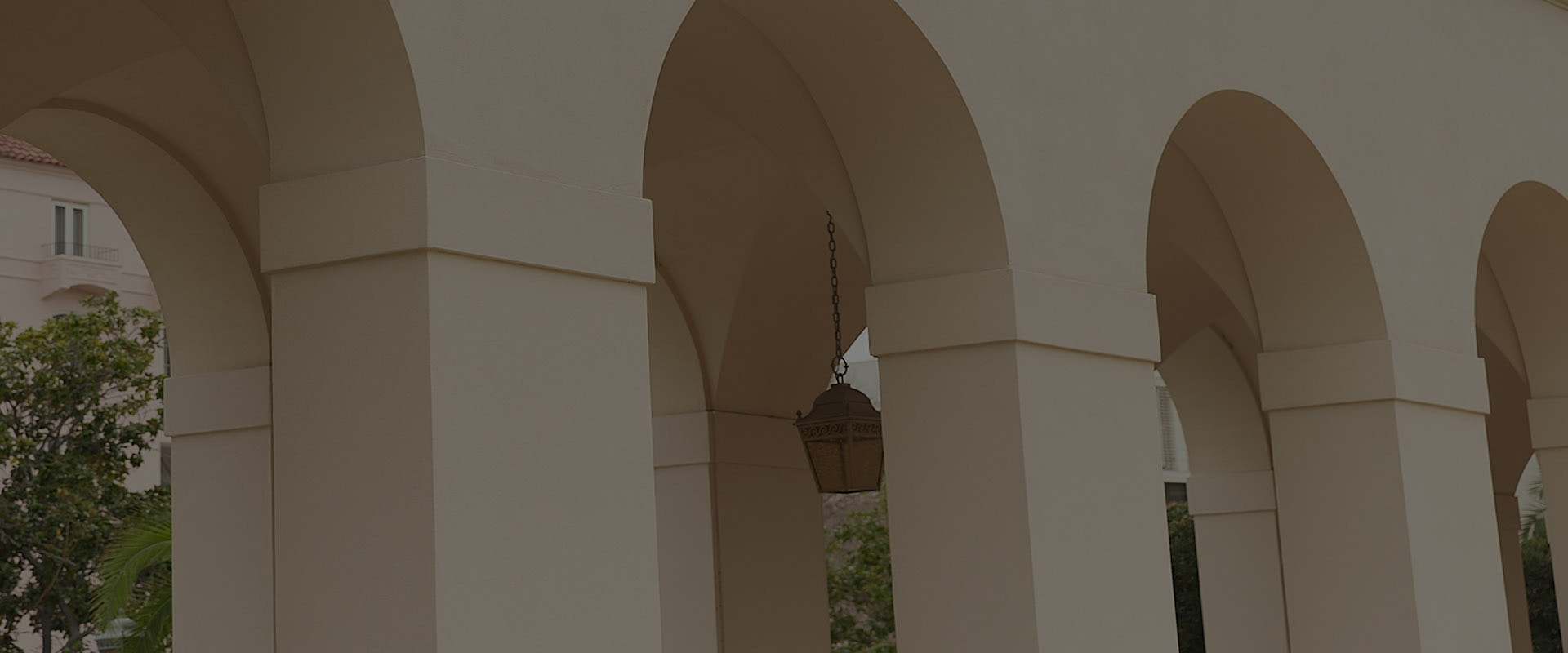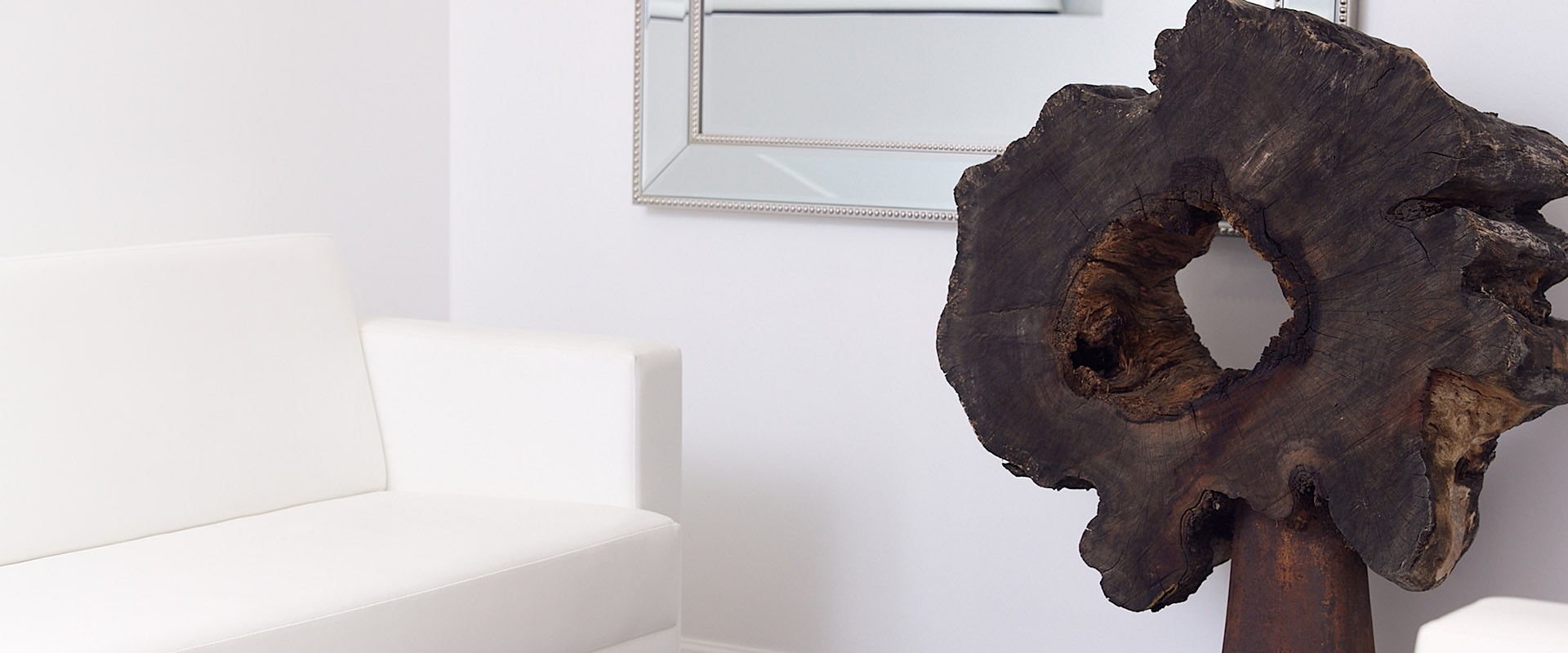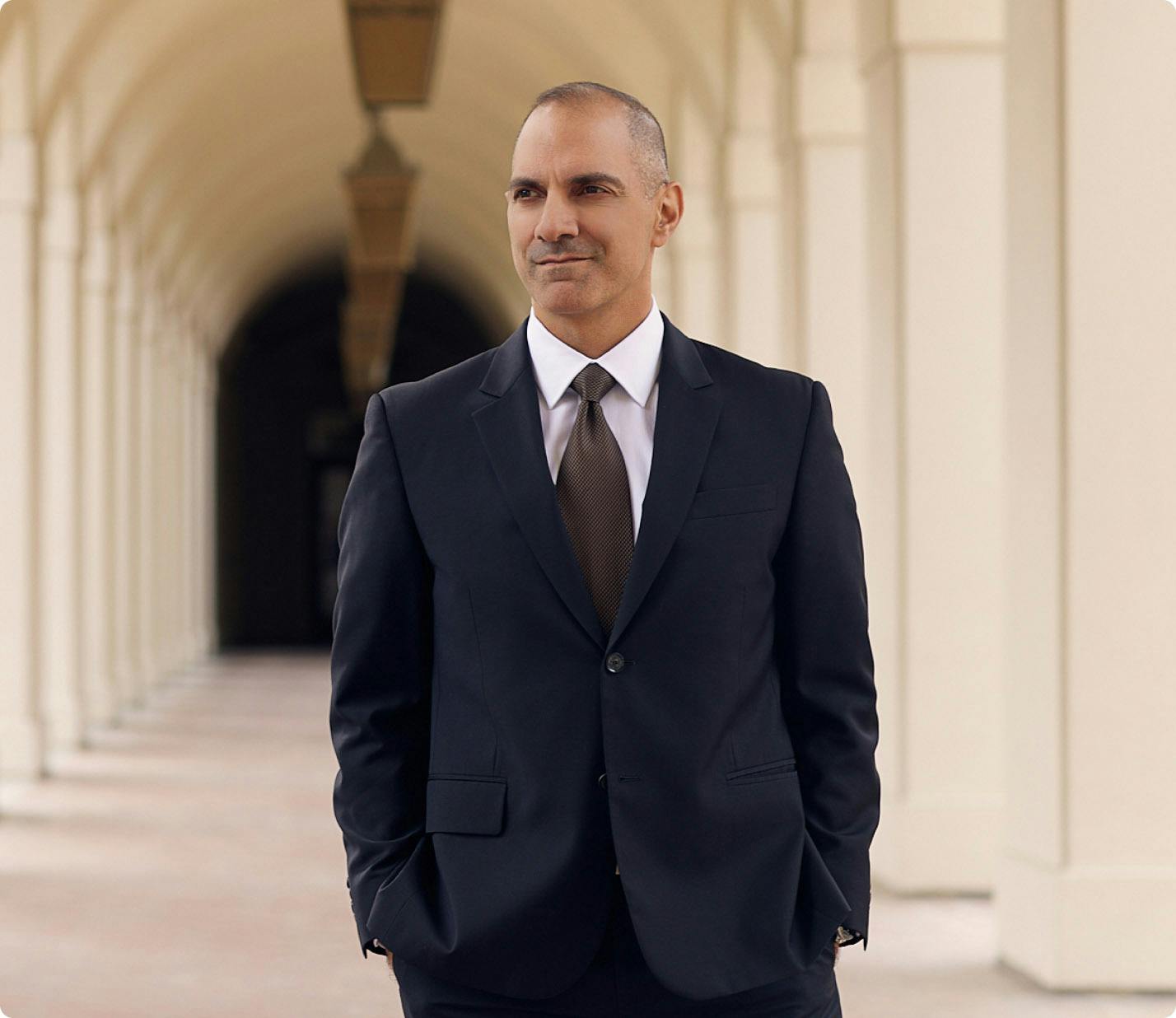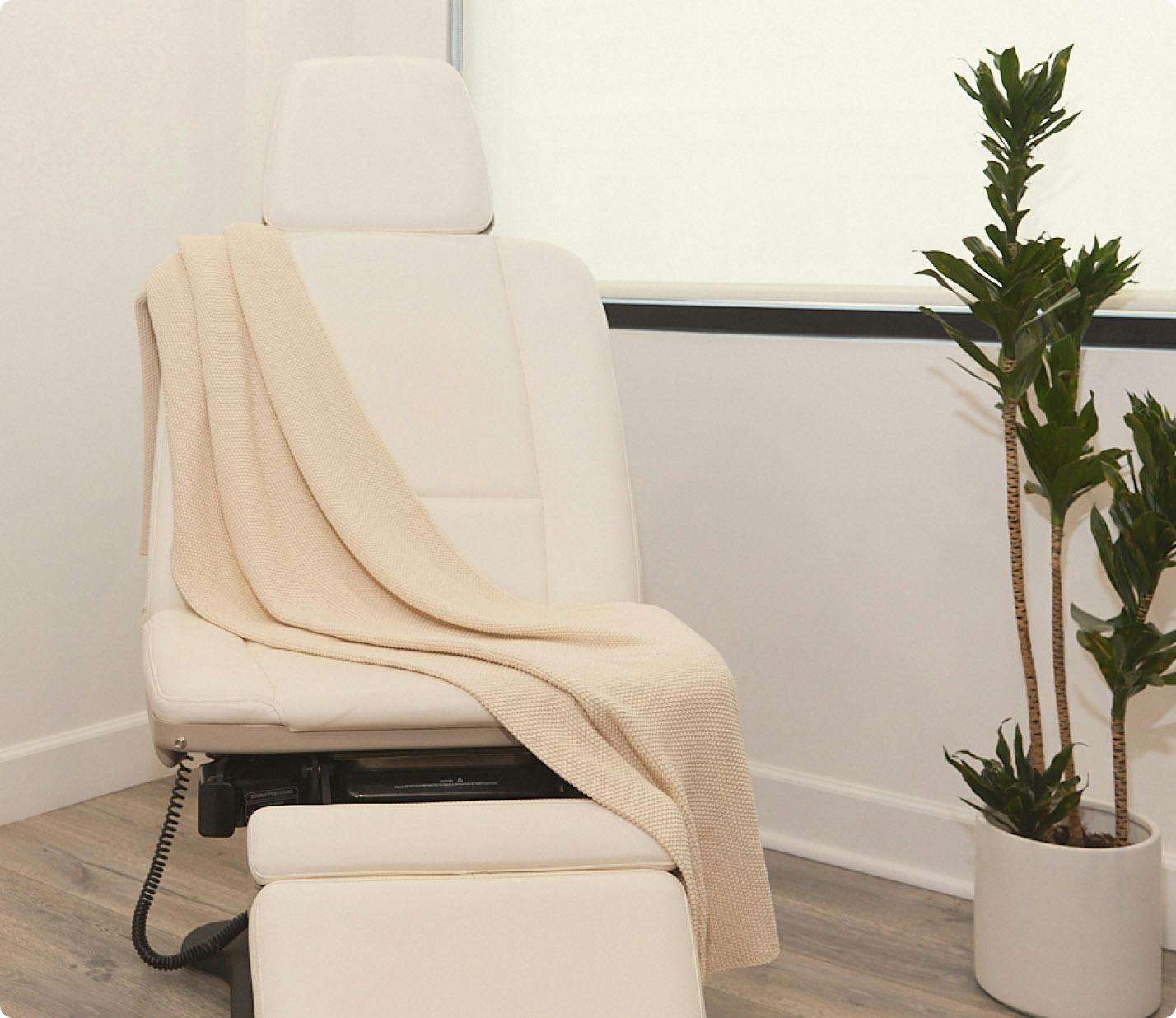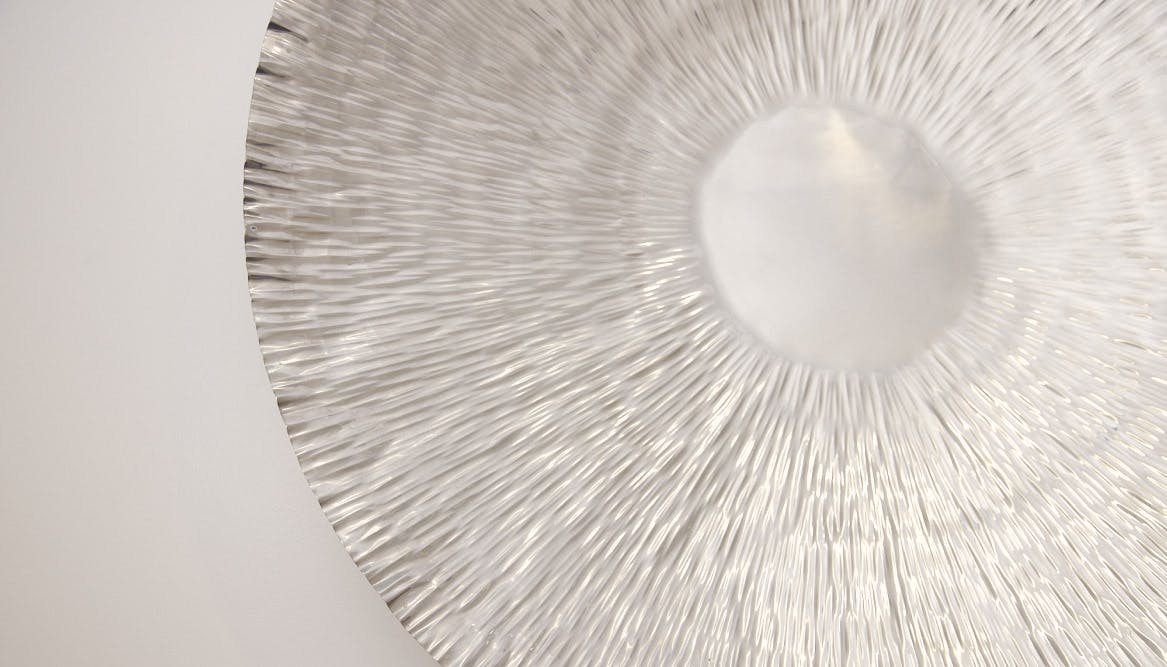Nerve transfers represent a groundbreaking approach to nerve reconstruction, offering innovative solutions for patients recovering from nerve injuries or seeking to improve nerve function.
What Are Nerve Transfers For Facial Paralysis?
Cross-facial nerve grafting for facial paralysis is a surgical treatment option that aims to restore facial movement and function by borrowing a healthy nerve from another part of the body and connecting it to the damaged facial nerve. This treatment option is most effective when initiated early, within 12 months of the onset of paralysis. The donor nerves are carefully chosen because they are not affected by facial nerve palsy, ensuring that the transferred nerve can effectively stimulate the facial nerve and its branches. The masseter-to-facial nerve transfer stands out as the primary nerve transfer technique due to its reliability and similarity to the smiling function. The masseter nerve, which activates during biting, supplies remarkable strength to the masseter muscle. This power can be effectively utilized for the restoration of the facial nerve. However, there are several other nerves that can be used as donors: the hypoglossal nerve, the spinal accessory, the masseteric branch of the trigeminal nerve, and the motor nerves of the cervical plexus.








